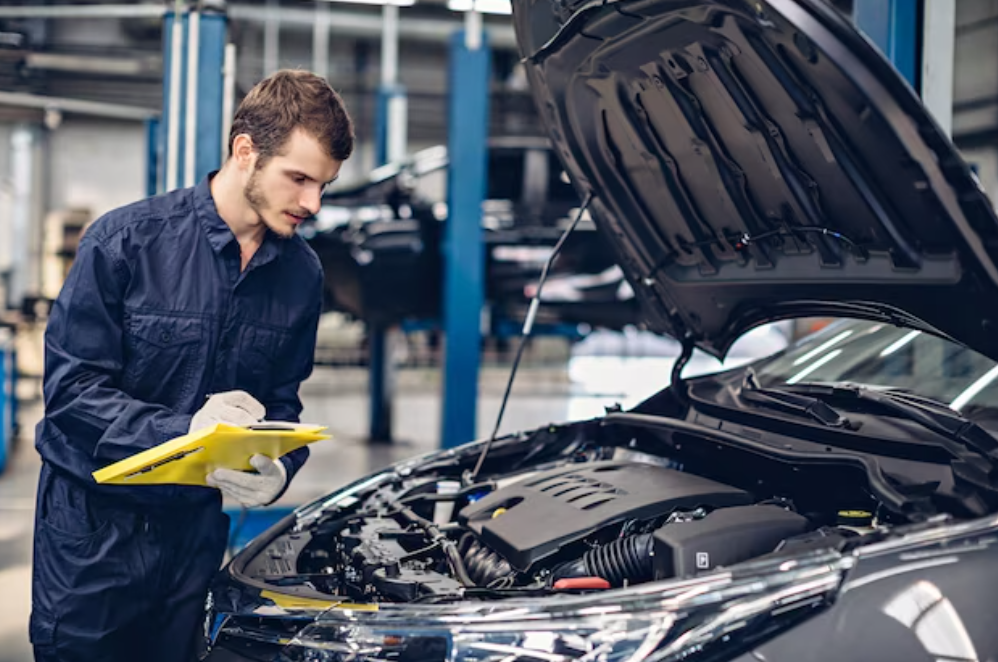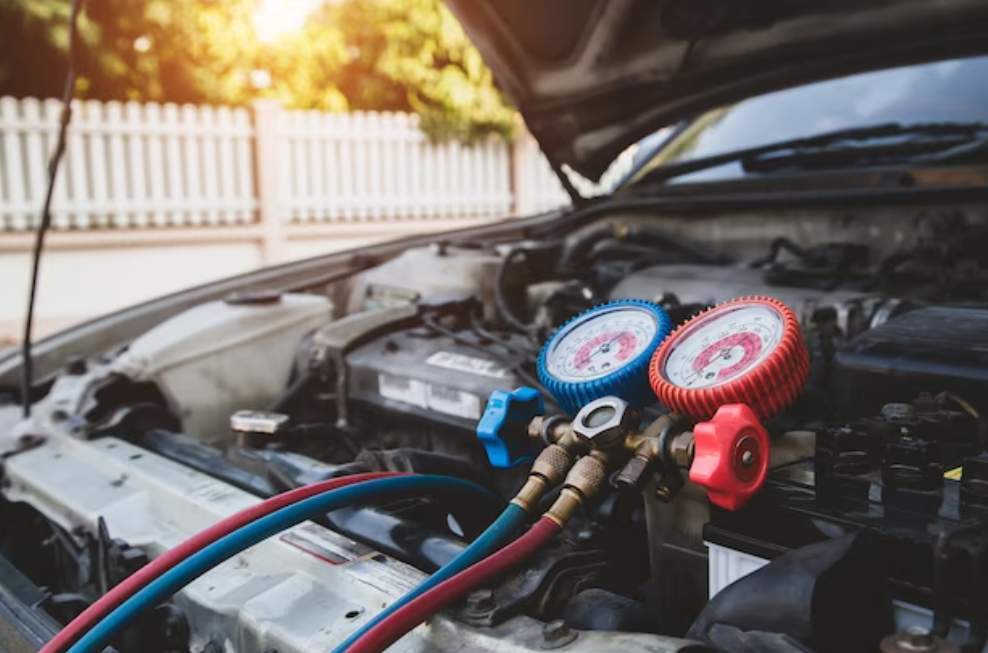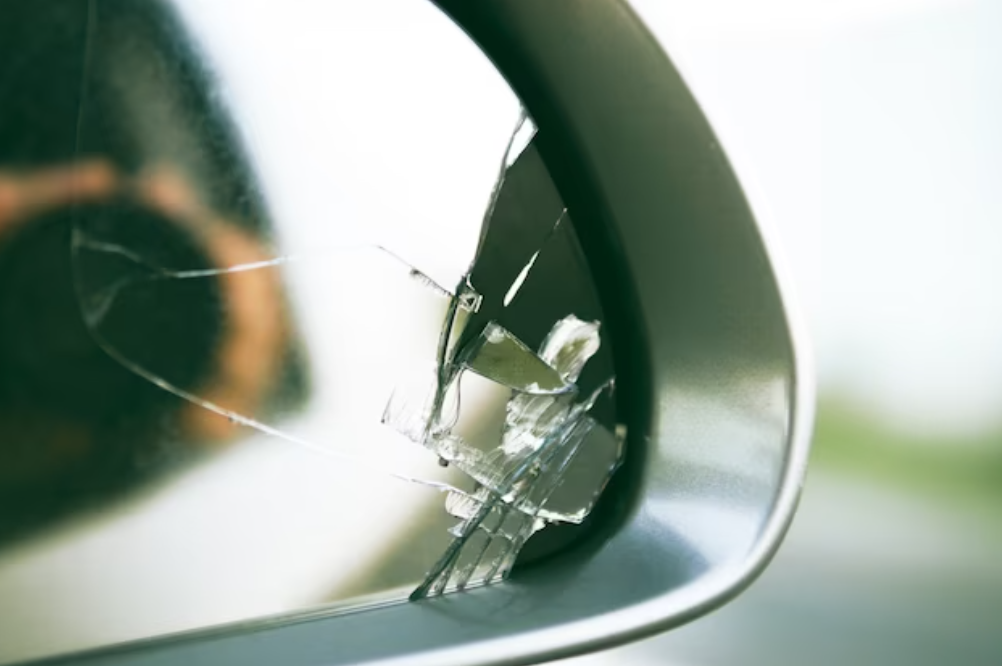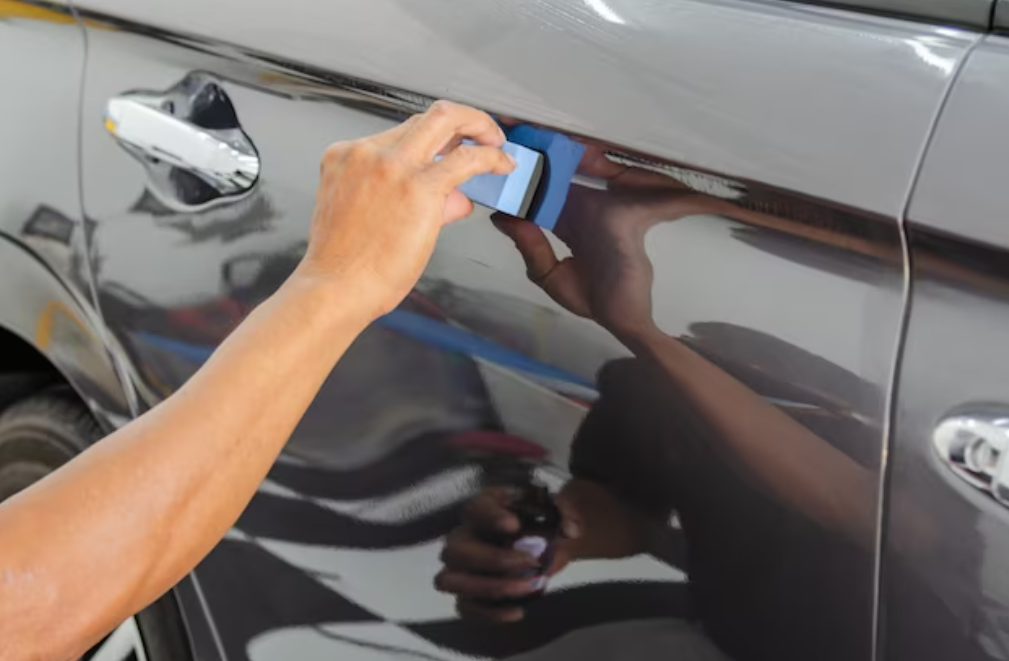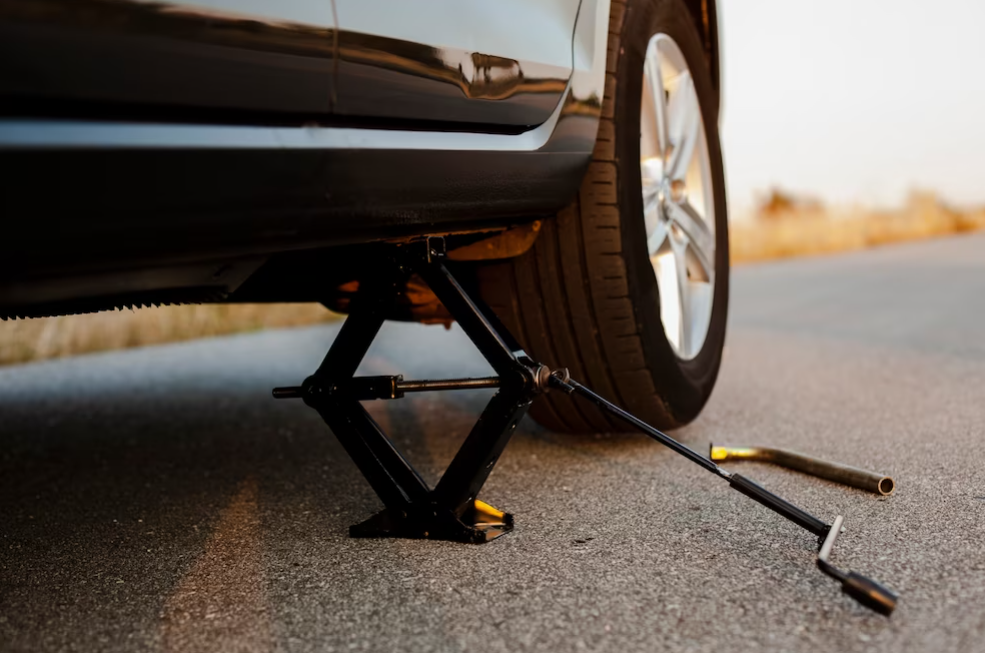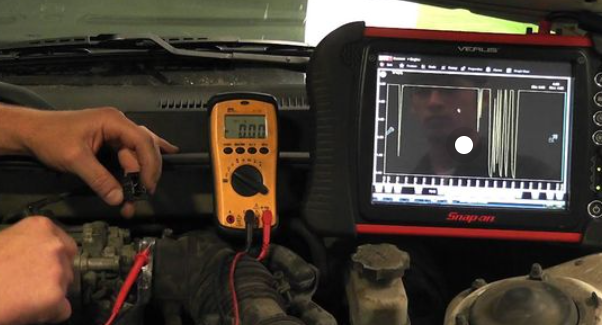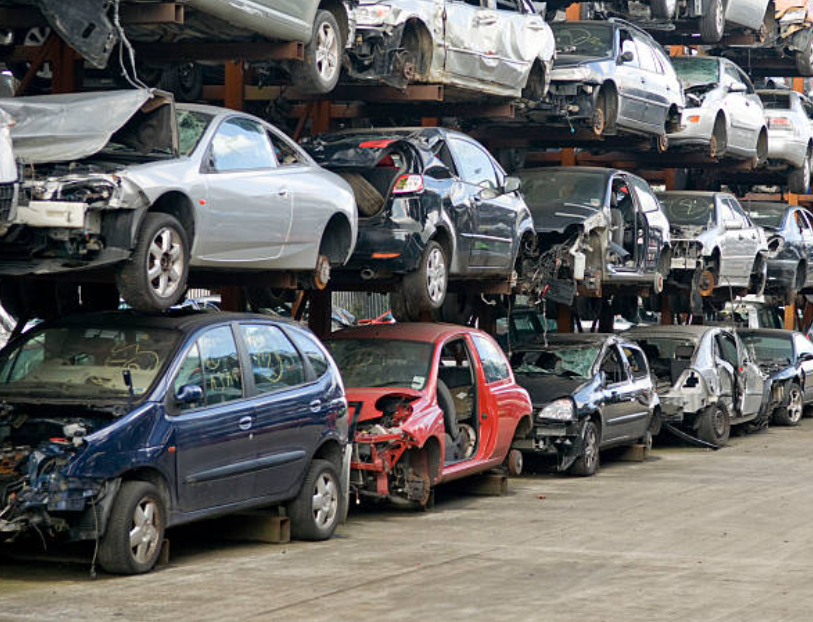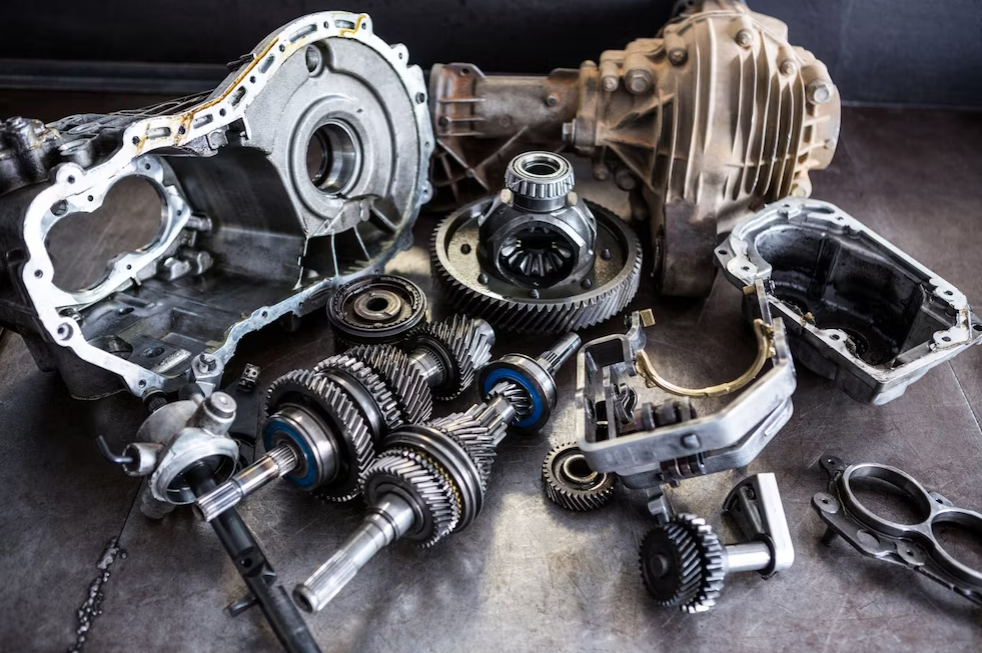How To Pick A Suitable Fire-Resistant Racing Suit?
In the world of motorsports, safety is paramount. Whether you're a seasoned professional or a weekend enthusiast, investing in the right fire-resistant racing suit is essential for your protection on the track. However, with a myriad of options available, ranging from budget-friendly to high-end, it can be overwhelming to choose the right one.
In this guide, we'll walk you through the key factors to consider when selecting a fire-resistant racing suit that fits your budget without compromising on safety.

Why Do I Need A Racing Suit?
The main reason for wearing one is to provide fire protection. In sports where flammable liquids and high velocities are involved, safeguarding against potential fires is crucial. Your skin's safety is paramount compared to relying solely on flame-resistant clothing. Additionally, most racing venues mandate the use of racing overalls for drivers, making them a necessary requirement.

The prerequisites for a racing suit necessitate at least a two-layered suit, or alternatively, a single-layer suit paired with officially sanctioned fire-retardant undergarments. Opting for new equipment mandates adherence to standards such as FIA 8856-2000 or the combination of SFI 3.2A/1 with FIA 8856-2000/SFI3.3 for undergarments. Likewise, race gloves must meet minimum criteria, typically requiring materials like Nomex, Carbonex, or their equivalents for optimal safety and performance.
When choosing a racing suit, there are several key factors to consider to ensure you get the right one for your needs:
Material: Look for suits made from fire-resistant materials such as Nomex, which is commonly used in racing suits due to its ability to provide protection in case of fire. Other materials like Kevlar and Carbon-X are also popular for their durability and fire-resistant properties.
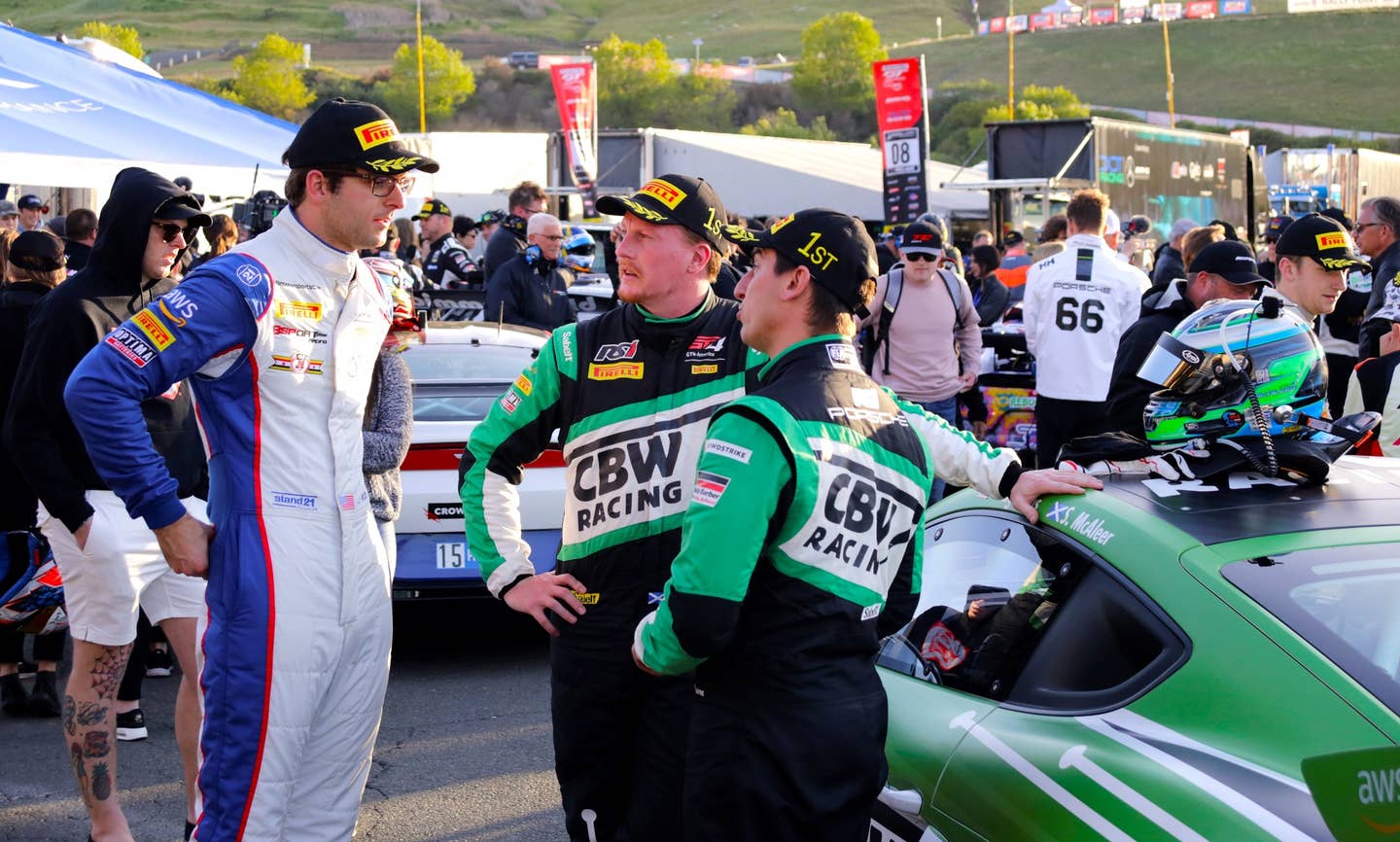
Fit: A racing suit should fit snugly without being too tight or restrictive. It should allow for freedom of movement while sitting or standing in your racing position. Many manufacturers offer suits in standard sizes as well as custom options to ensure the perfect fit.
Certification: Check that the suit meets safety standards such as those set by the SFI Foundation or the FIA (Fédération Internationale de l'Automobile). These certifications ensure that the suit has been tested and approved for use in motorsports.
Layers: Racing suits typically come in single, double, or triple-layer designs. Multiple layers provide added protection in the event of a fire, but they can also make the suit heavier and less breathable. Choose the number of layers based on the level of protection you need and your comfort preferences.
Features: Consider additional features such as reinforced stitching, padding in high-impact areas, and ventilation panels to help regulate temperature during races. Pockets and other storage options can also be useful for holding small tools or personal items.
Brand Reputation: Look for reputable brands known for their quality and reliability in motorsport. Brands like Alpinestars, Sparco, OMP, and Simpson are popular choices among racers for their high-quality racing suits.
Style: While safety should always be the top priority, many racing suits come in a variety of colors and designs to suit your personal style or team branding.
The cost of a fire-resistant racing suit can vary widely depending on factors such as brand, materials used, level of certification, and additional features. Entry-level suits can start from around $200 to $500, while high-end professional-grade suits can cost upwards of $1000 or more.
When considering how much to spend, it's important to prioritize safety and quality over price. Investing in a suit that meets or exceeds safety standards and provides sufficient protection in case of a fire is crucial for any racing activity. Additionally, consider factors such as comfort, fit, and durability when making your decision.
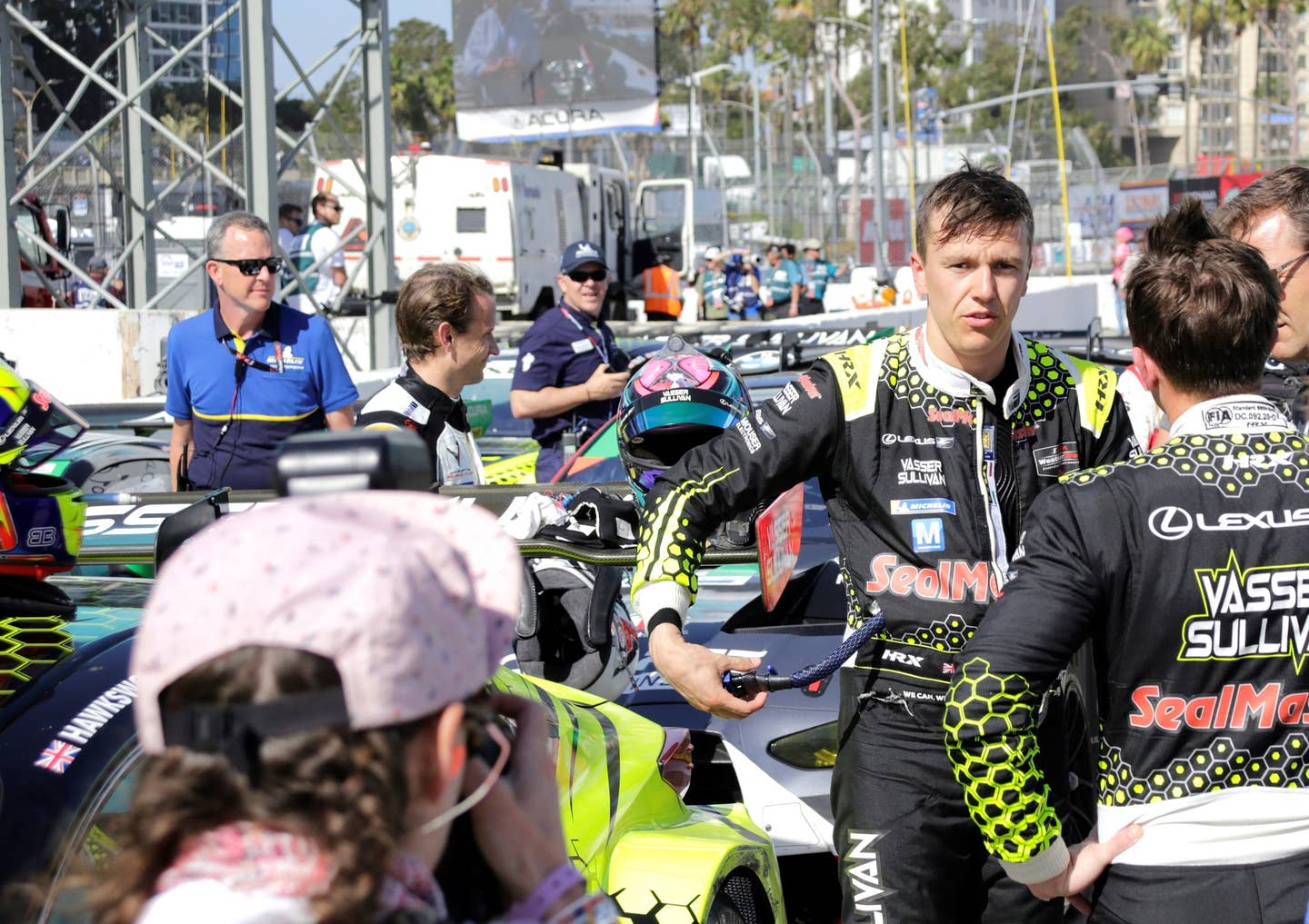
One factor affecting the effectiveness of your racing suit, which might not necessarily necessitate replacement, is its cleanliness. Dirt acts as a heat conductor and can create localized hotspots during a fire, potentially compromising the suit's performance relative to its safety standards. For cleaning guidance, please consult the manufacturer's website. If your racing suit sustains permanent stains, this could signal the need for a replacement.
Another reason for replacement arises if your racing suit shows signs of compromise. Tears, extensive wear, or prior fire damage are all indicators of compromise. Any of these conditions implies that your suit might fail to provide adequate protection in case of a fire.
Lastly, significant weight gain or loss can alter the fit of your suit and should prompt consideration of replacement.
What rating does a racing fire suit have?
The standard rating for racing suits is 3.2A, also noted as 3.2A/1. Higher-quality suits may have ratings of 3.2A/3 or 3.2A/5, indicating increased protection duration against flames.
How much does an F1 helmet weigh?
An F1 helmet typically weighs around 1.5 kilograms, adhering to the FIA Standard, which mandates that helmets should not exceed 1.8 kilograms without accessories to lessen strain on drivers' heads during crashes.
What do race car drivers wear under their fire suits?
Underneath their race suits, drivers wear fireproof underwear made of Nomex, meeting FIA regulations. These undergarments are now crafted from breathable, moisture-wicking materials to ensure comfort in high temperatures.
Prioritizing safety on the racetrack is crucial, and choosing the right fire-resistant racing suit is key. By considering factors like material, certification, and budget, you can make an informed decision that balances safety and affordability. Investing in quality gear ensures your well-being and longevity in the sport. Whether you're a beginner or a seasoned racer, make safety your top priority and enjoy the thrill of racing with confidence.
Click on the following link to read another blog post: How To Protect Yourself From Odometer Fraud?


